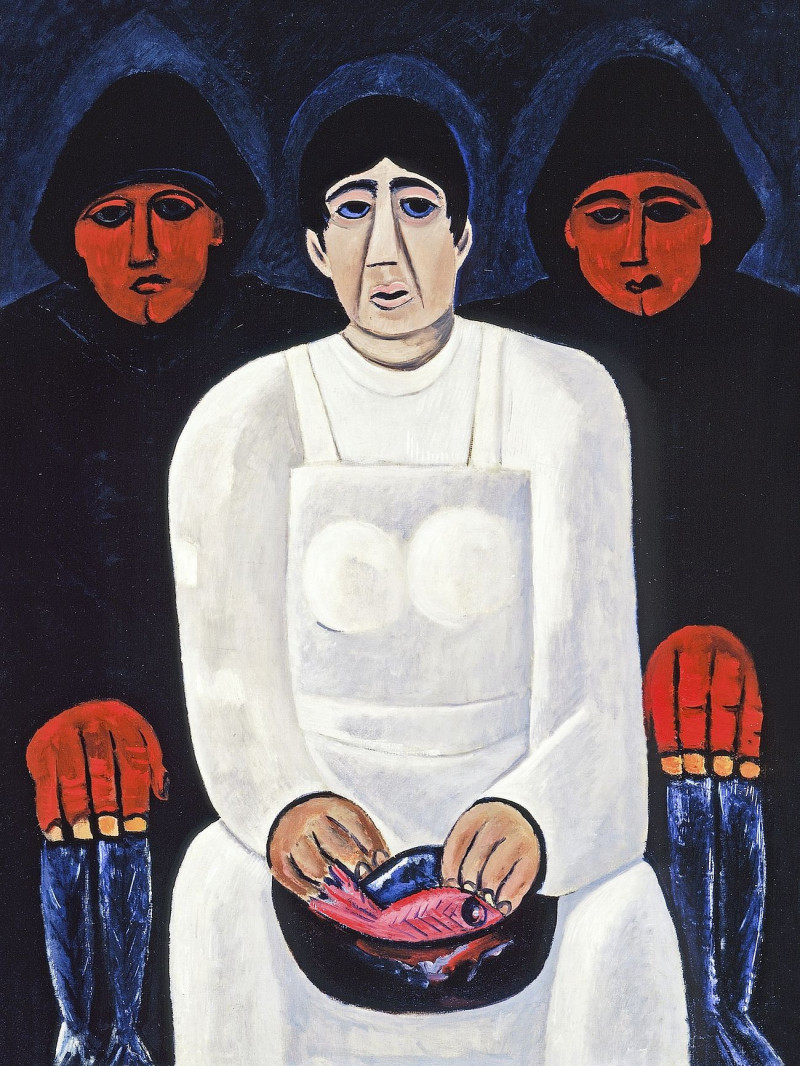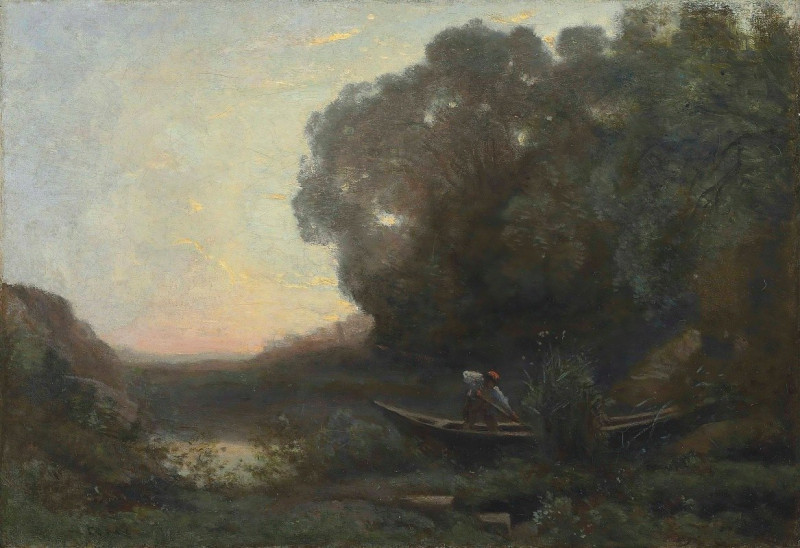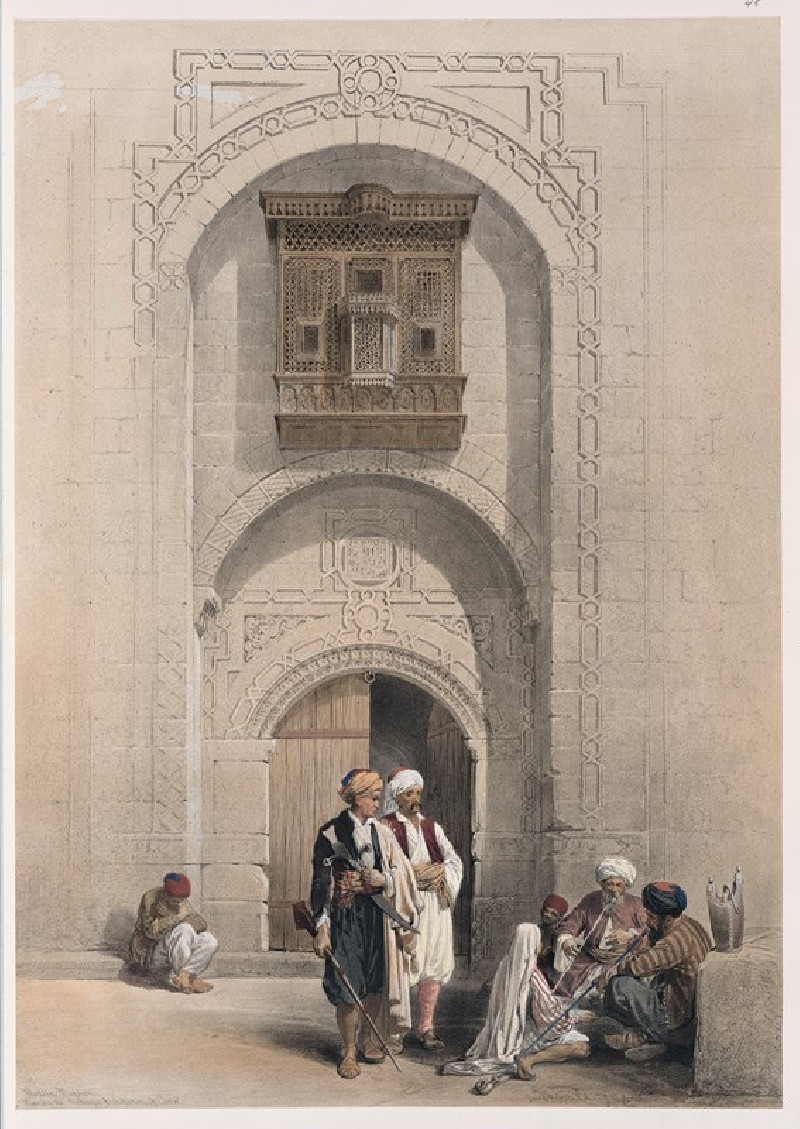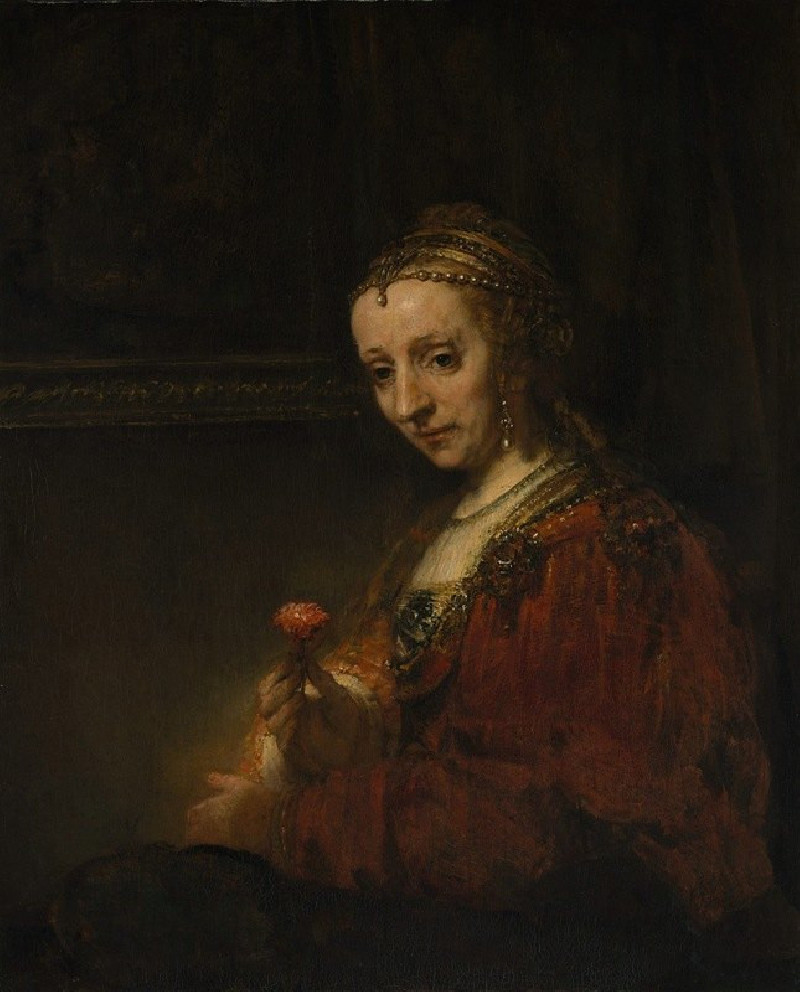If You Judge A Cigar
Technique: Giclée quality print
Recommended by our customers
More about this artwork
This painting by Edward Penfield, titled "If You Judge A Cigar," is presented in a bold, graphic style typical of Penfield’s work, especially noted for its use in poster art of the early 20th century. The image is visually striking, using a limited color palette of black and white to create a high contrast.The composition features a horse and a man, which are depicted in a simplified yet expressive form. The horse, shown only partially and facing towards the viewer, conveys a calm and poised demeanor. Beside the horse stands a gentleman dressed in what appears to be riding attire, including a jodhpur pants and a cap, suggesting a theme connected to leisurely activities, perhaps horseback riding or an equestrian context.The text on the poster plays a significant role, indicating the piece’s purpose as an advertisement. It reads: "If you judge a cigar by its quality try a BLACK & WHITE Worth 10¢ Price 5¢." This implies the artwork was used to promote Black & White brand cigars, emphasizing the quality of the product at an affordable price.Overall, this piece is indicative of Penfield's ability to meld commercial and artistic values, providing both visual appeal and advertising effectiveness. The use of space and layout, along with the stylish depiction of the figures, exemplifies Penfield’s mastery in poster art, influential in the development of graphic design during that period.
Delivery
Returns
Edward Penfield (1866-1925) was an influential American poster artist, considered as the father of the American poster movement. He was employed as an art editor for Harper’s Weekly, Monthly, and Harper’s Bazaar, where he made posters advertising each issue of the magazine for over seven years. His art was avant-garde with less concern for the dramatic curving lines of Art Nouveau, inspired by Japanese ukiyo-e block prints, figure drawings by Henri de Toulouse-Lautrec, color lithographies by Jules Chéret, and other contemporary artists. He created simplified scenes of daily life in saturated colors, including horses, cats, sports, and women’s fashion.

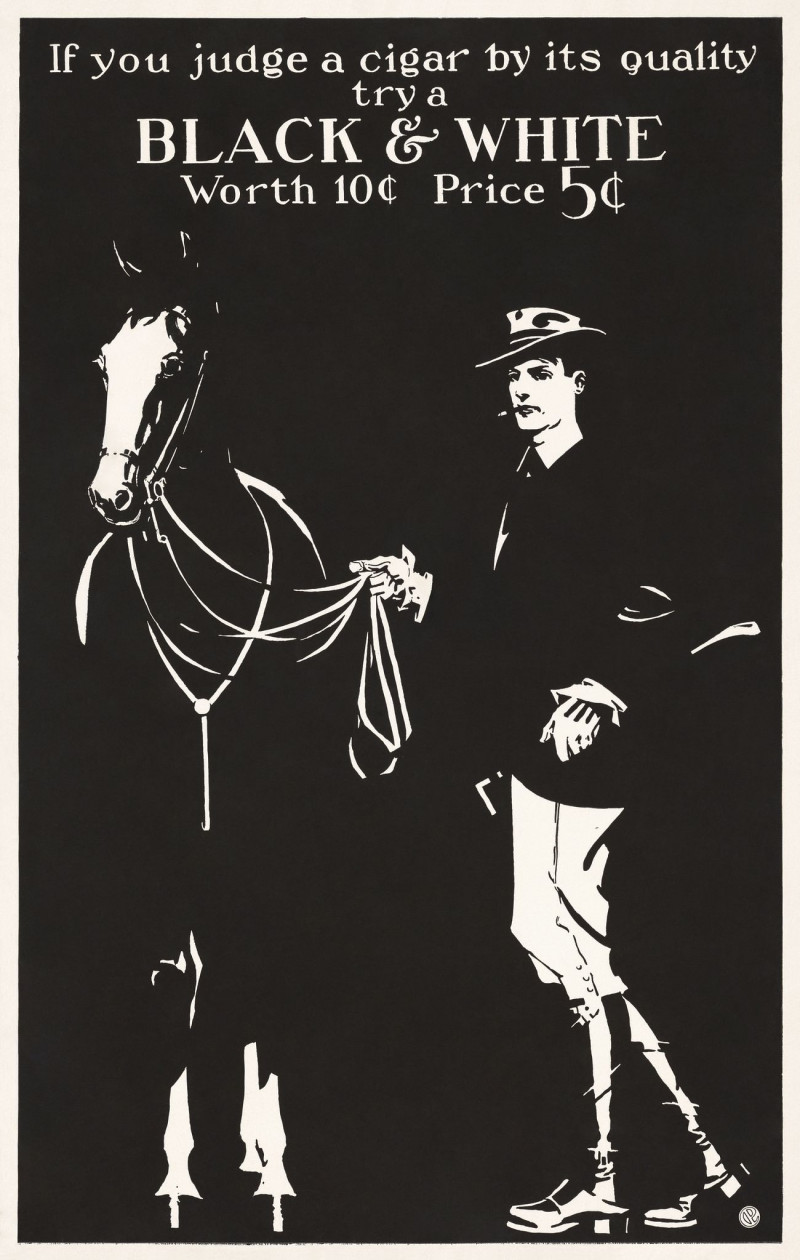


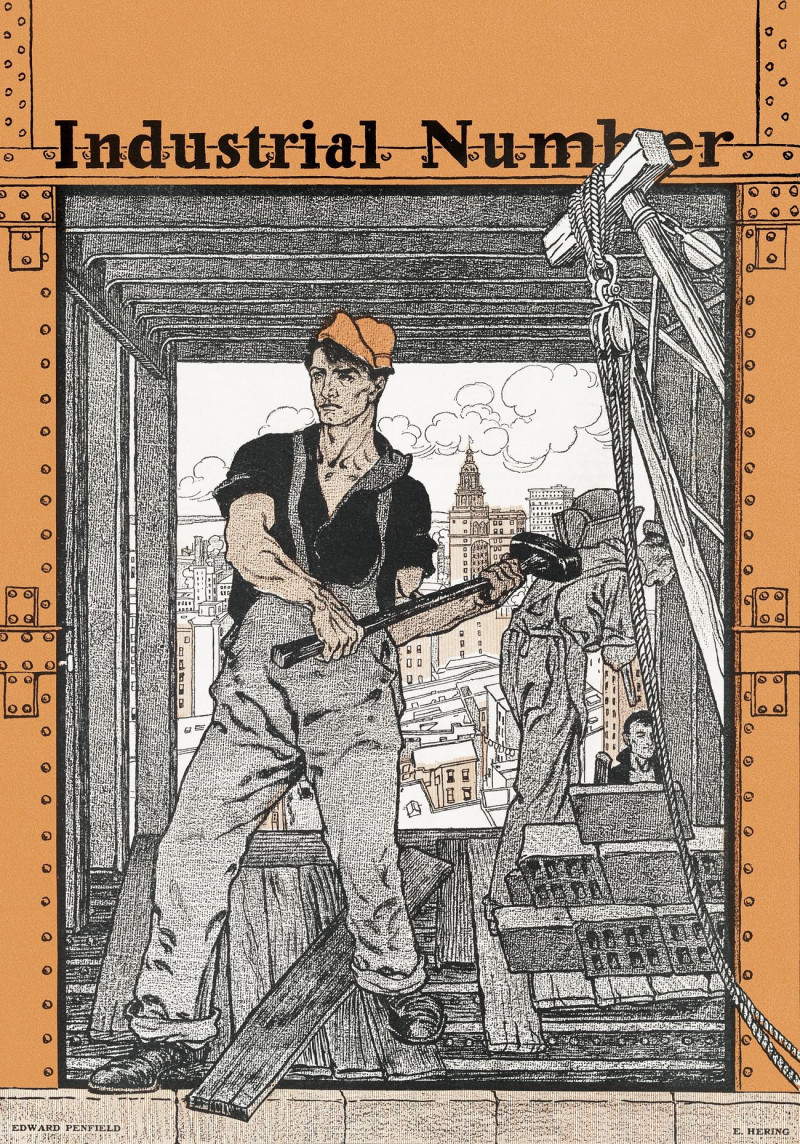
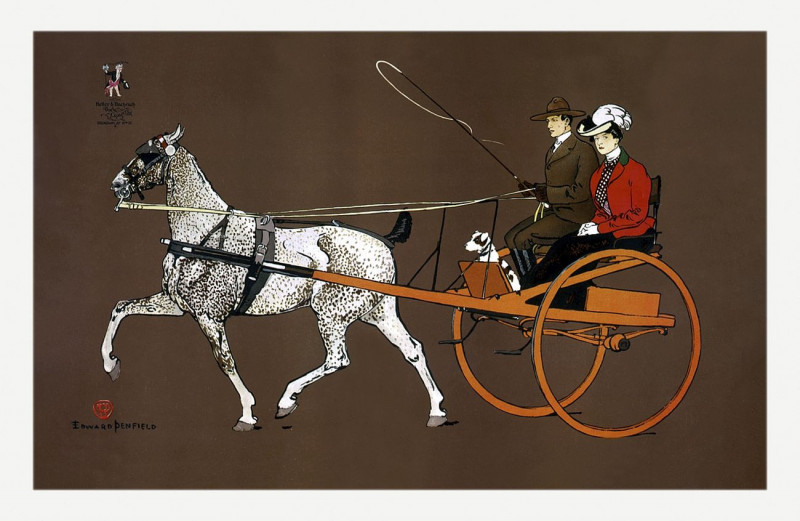

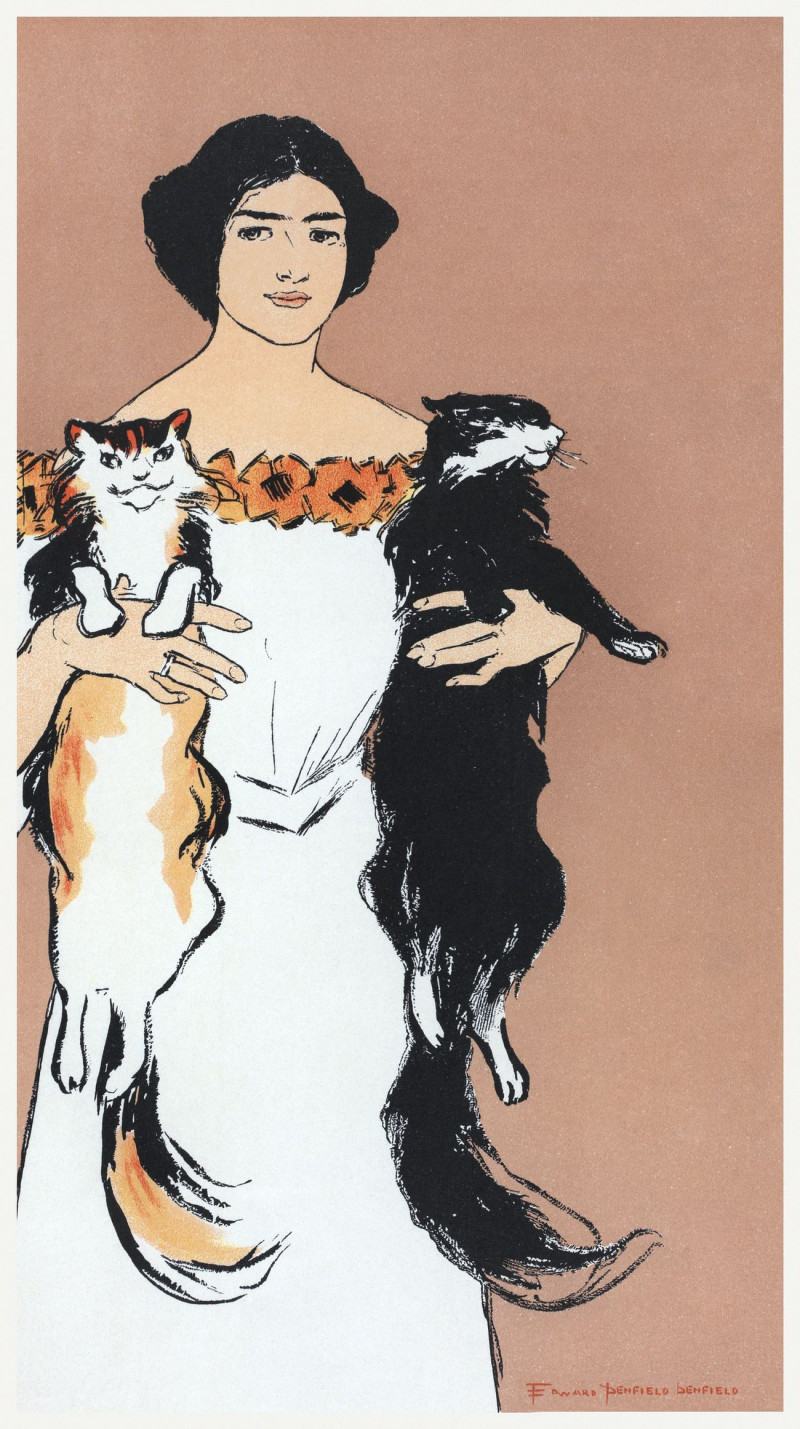
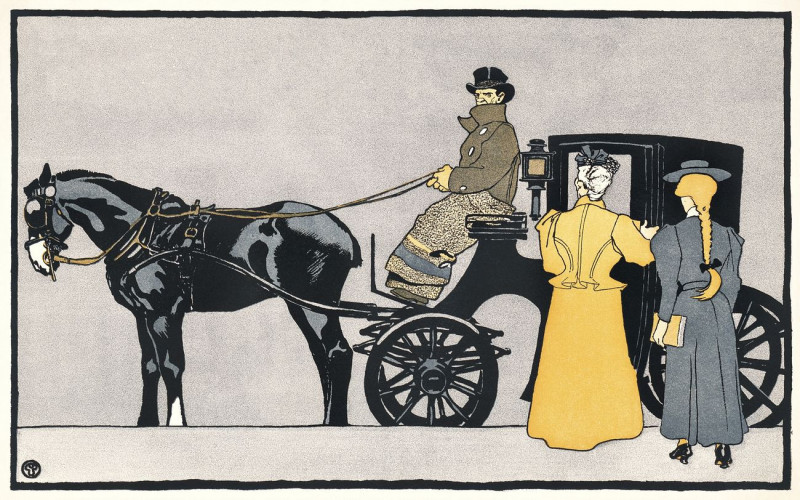
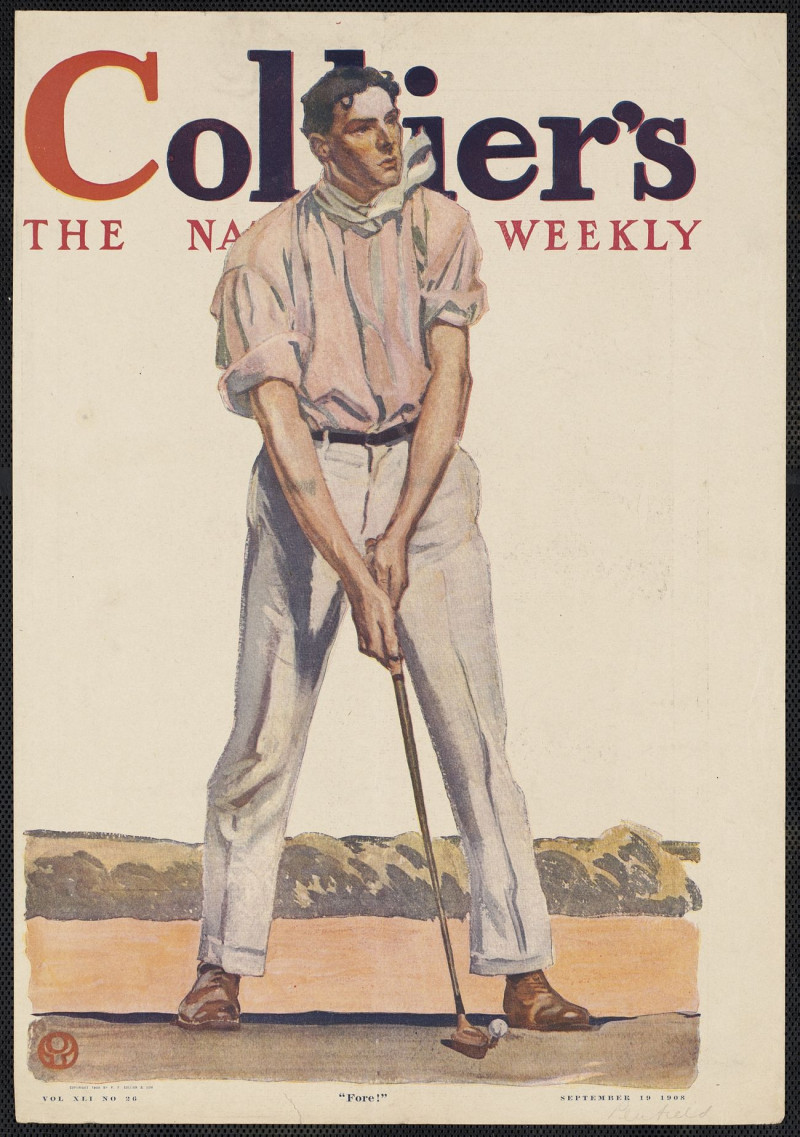
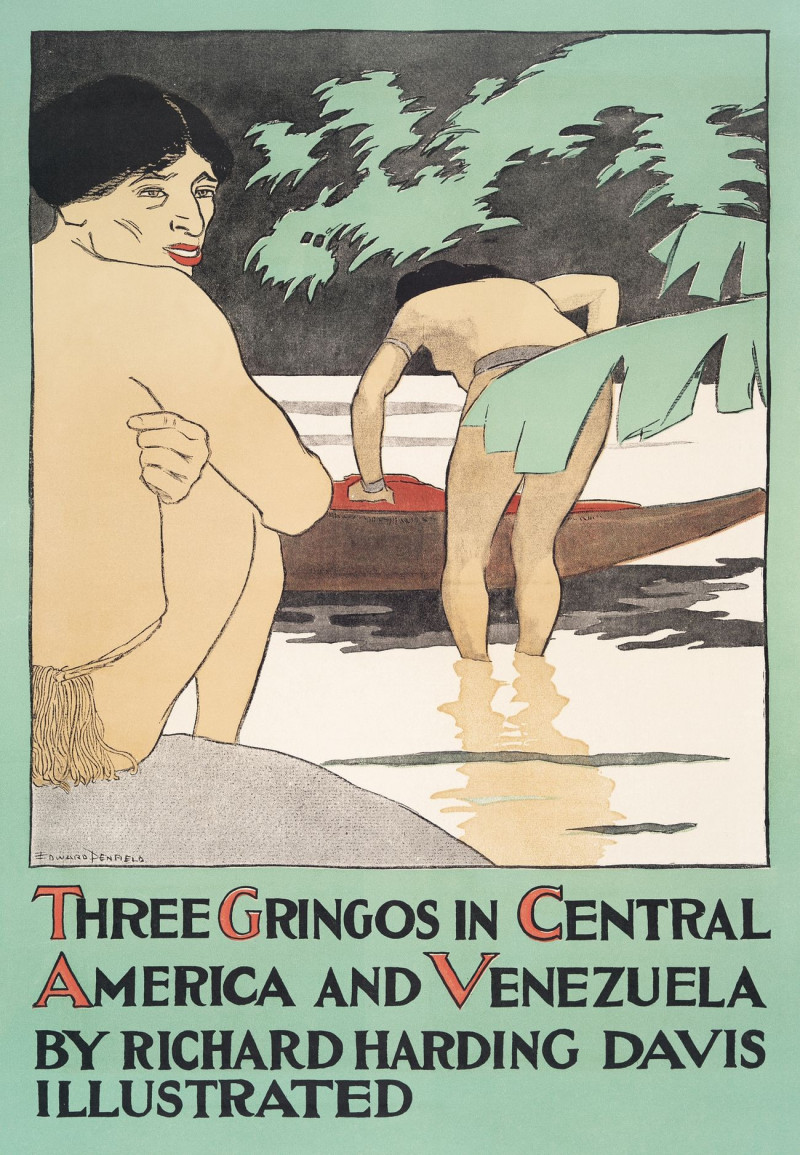
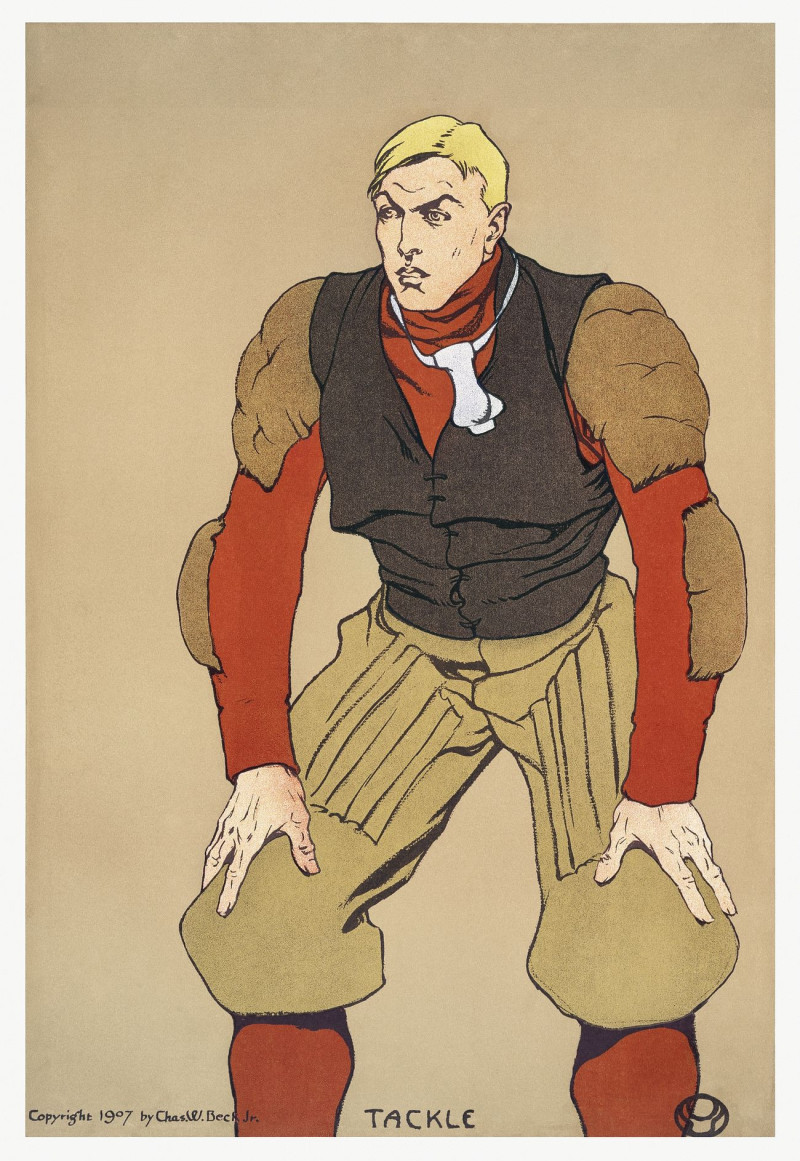
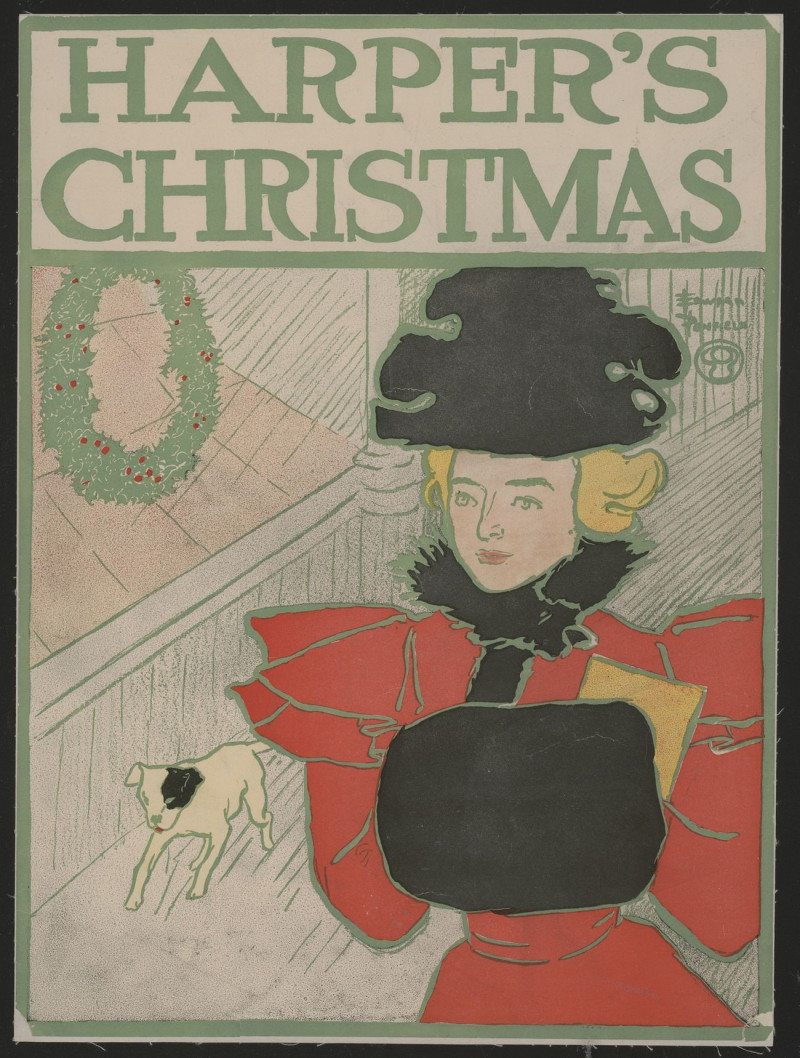
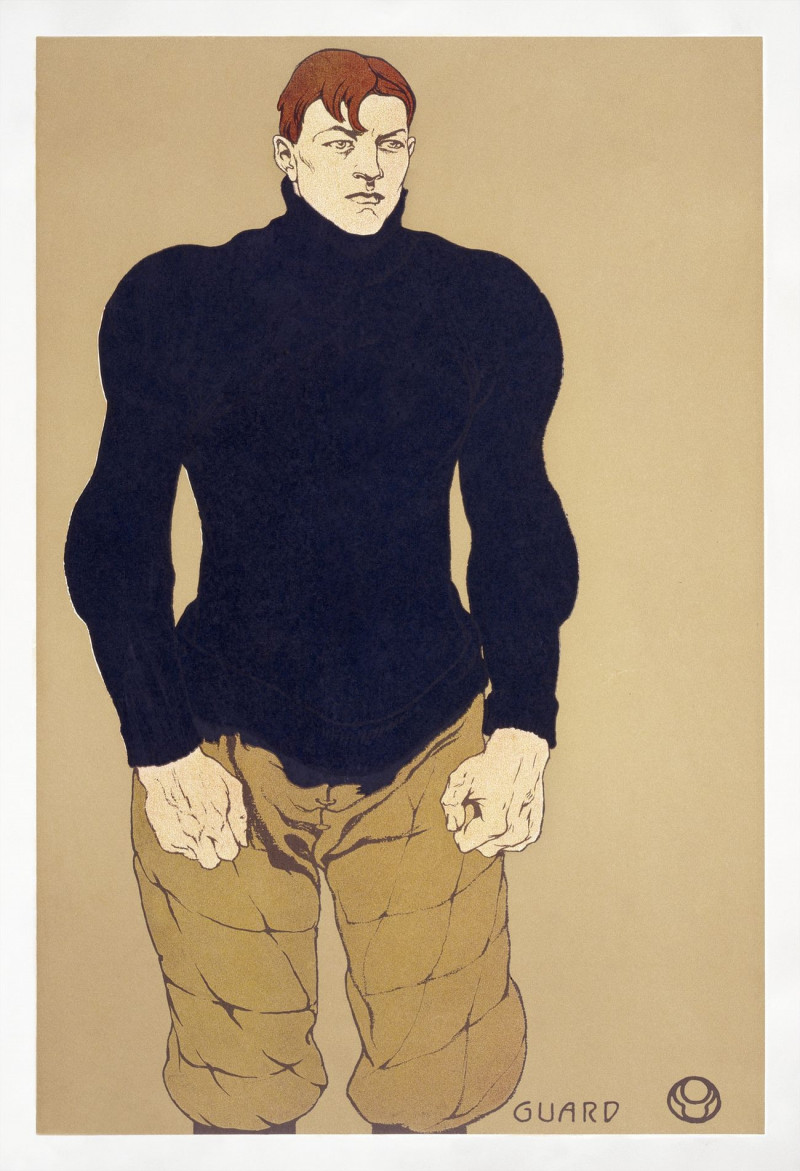

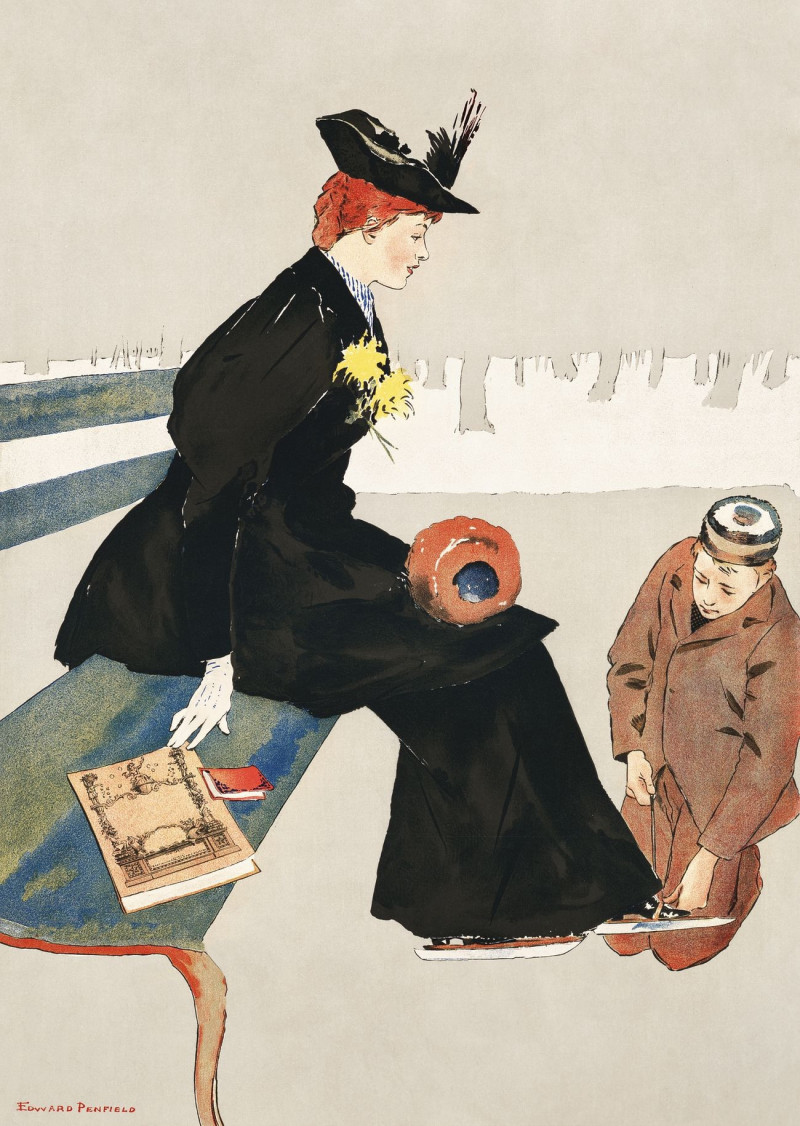
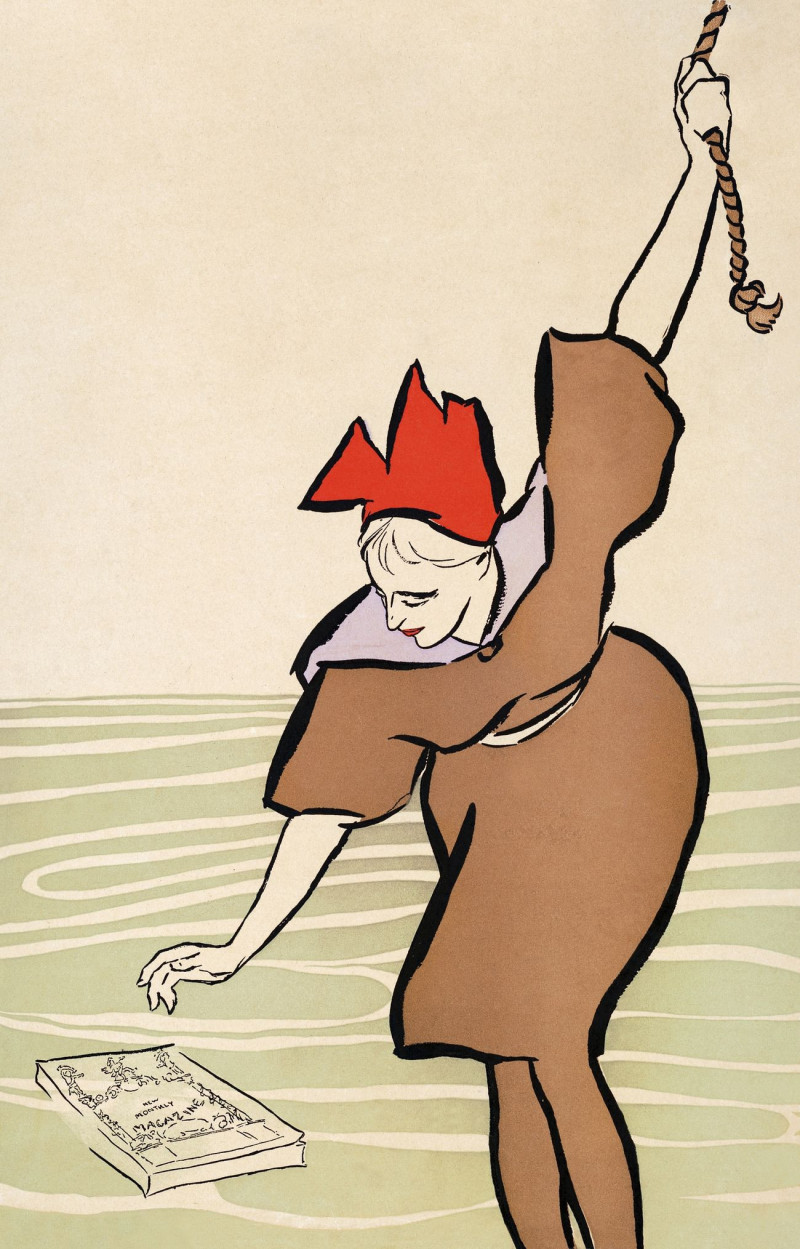
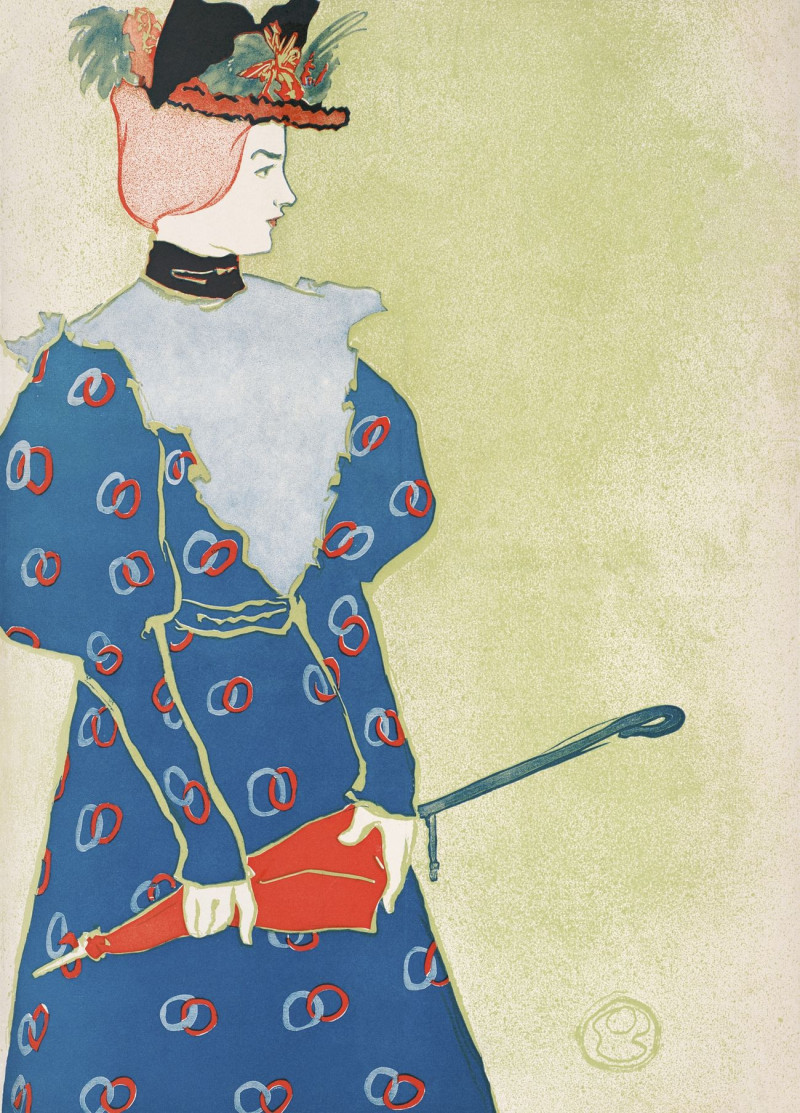
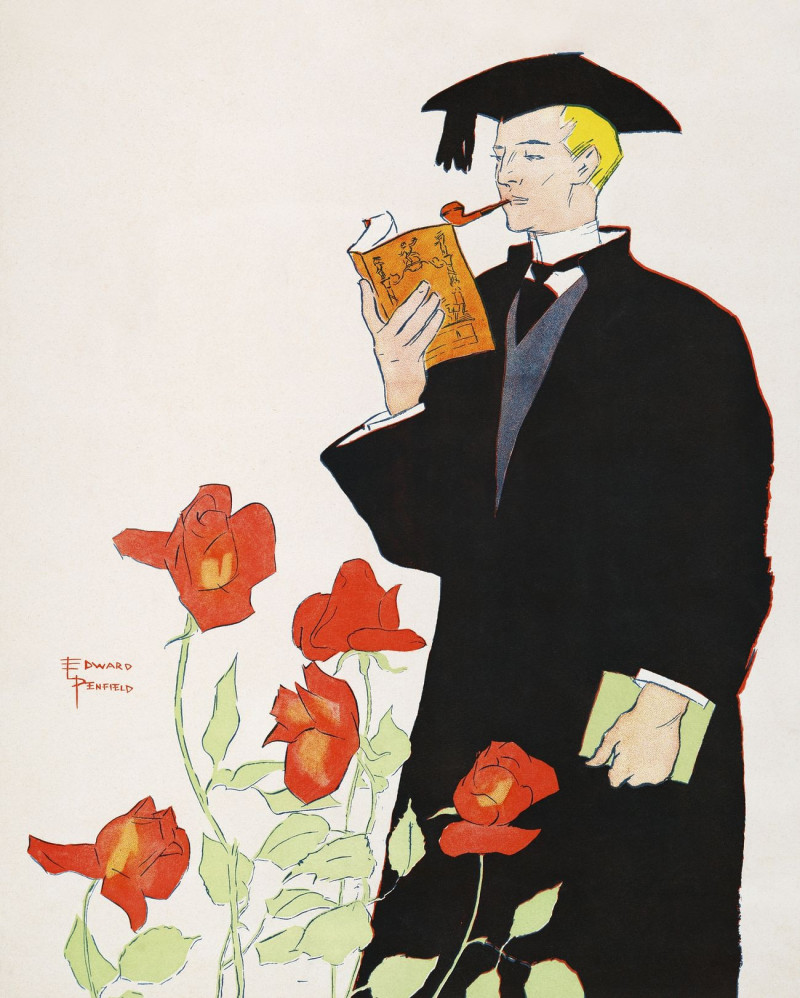
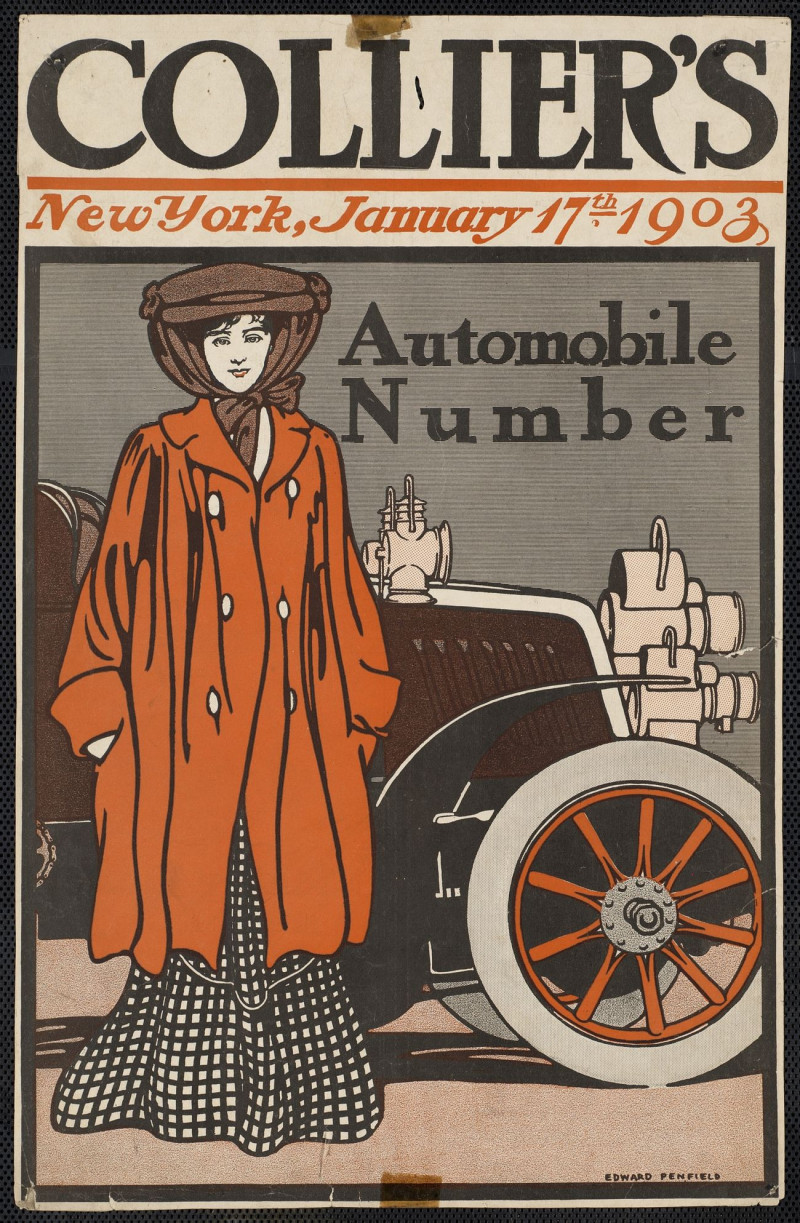
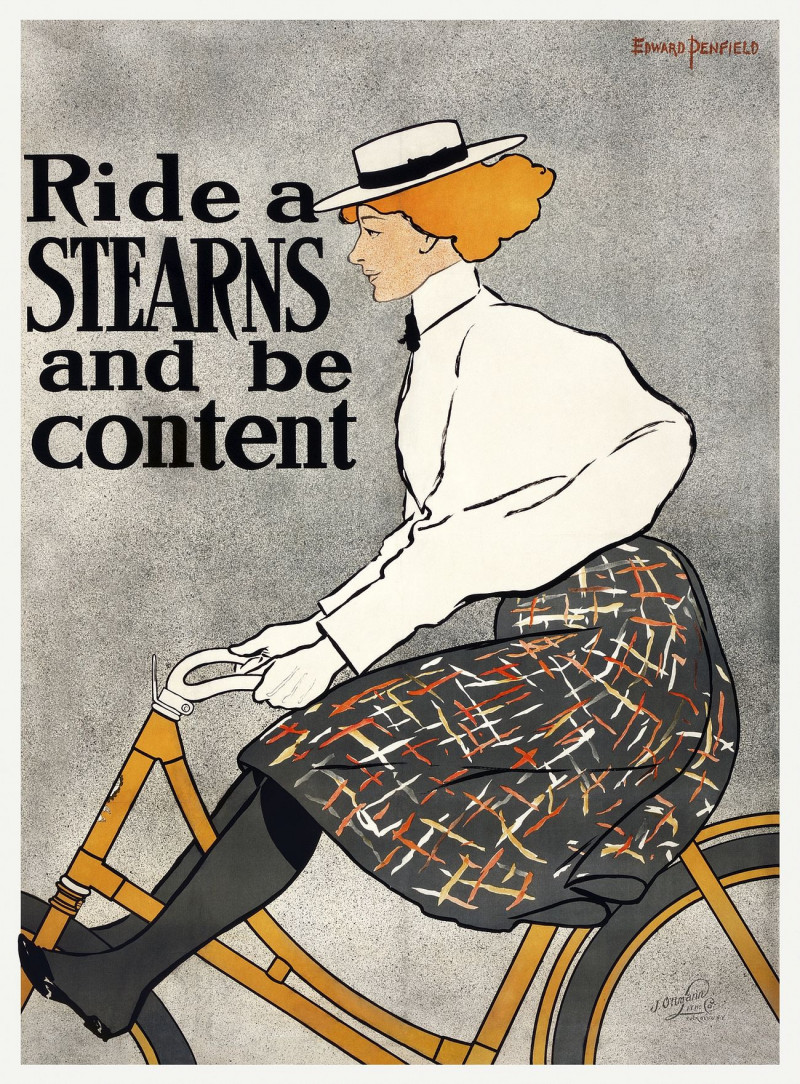

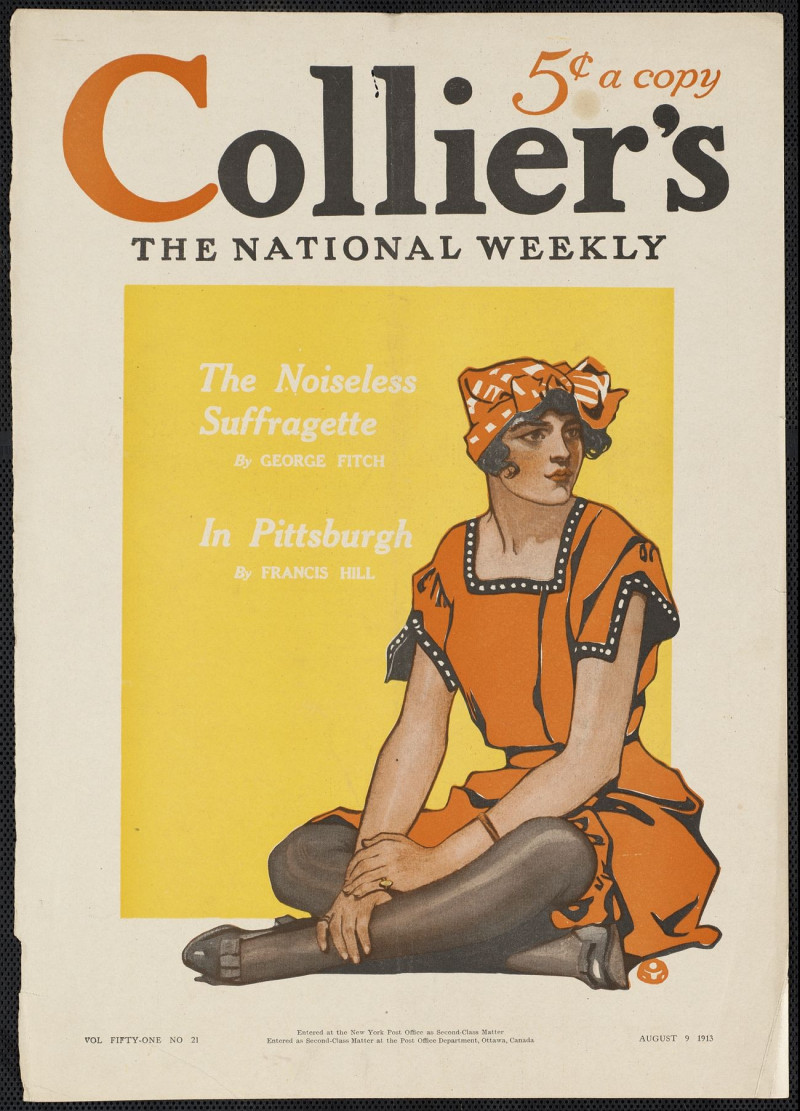
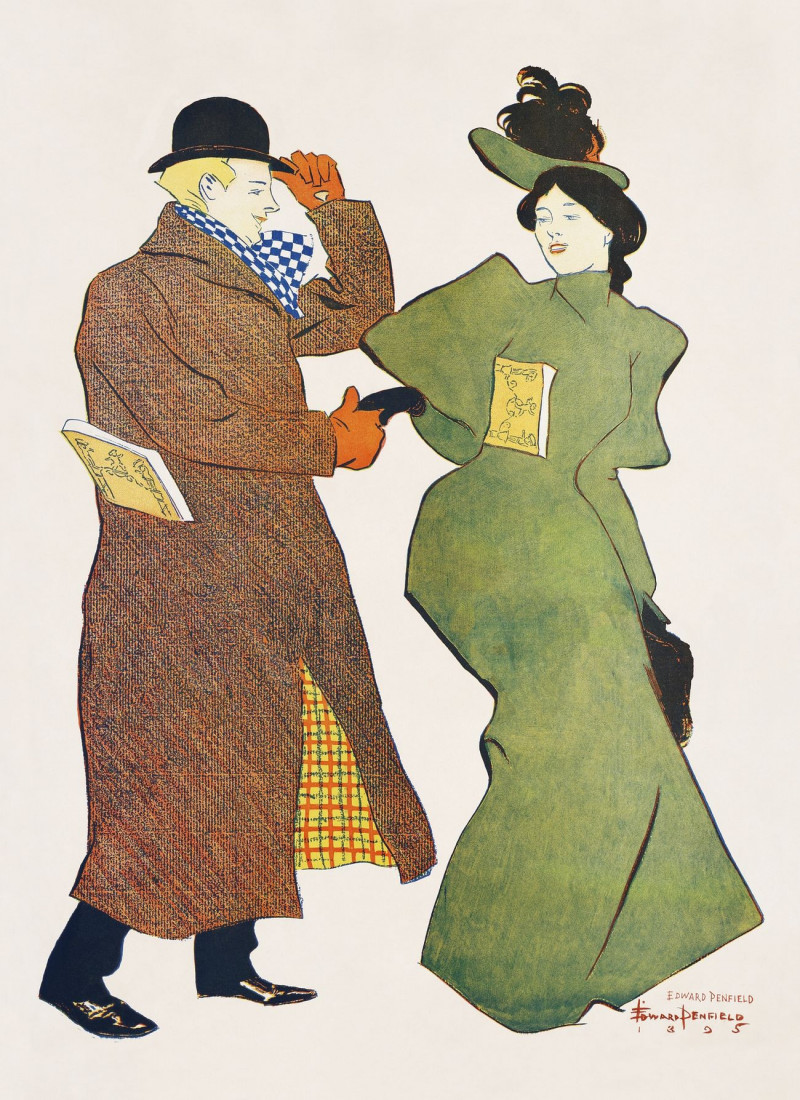
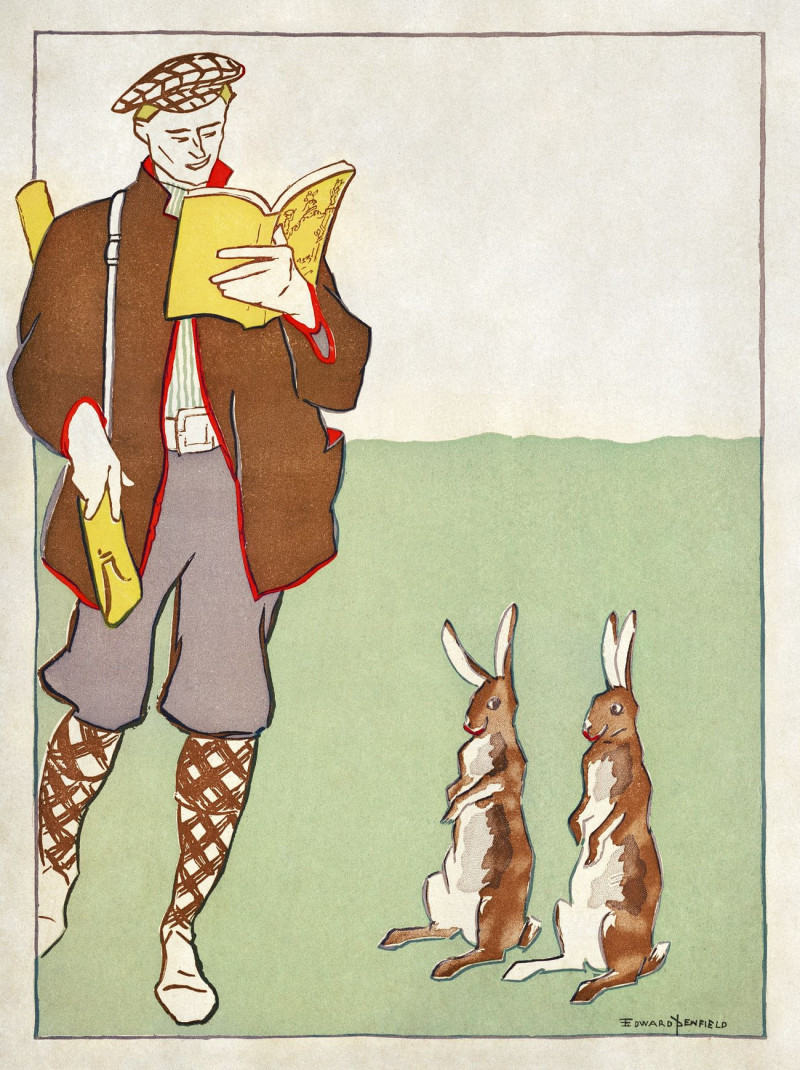
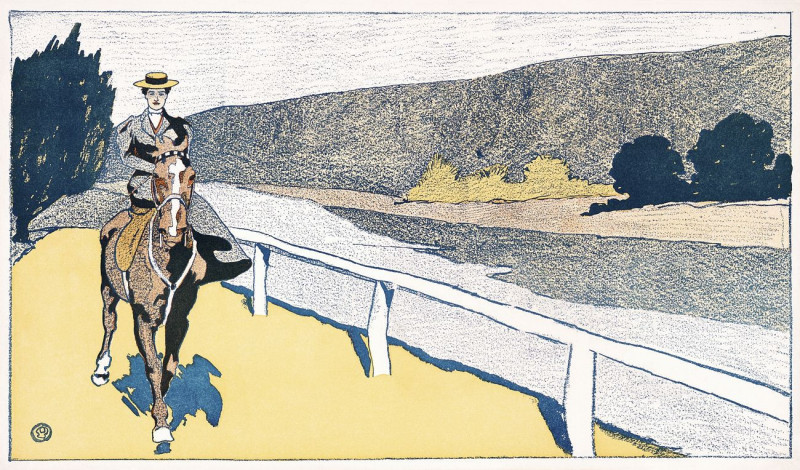
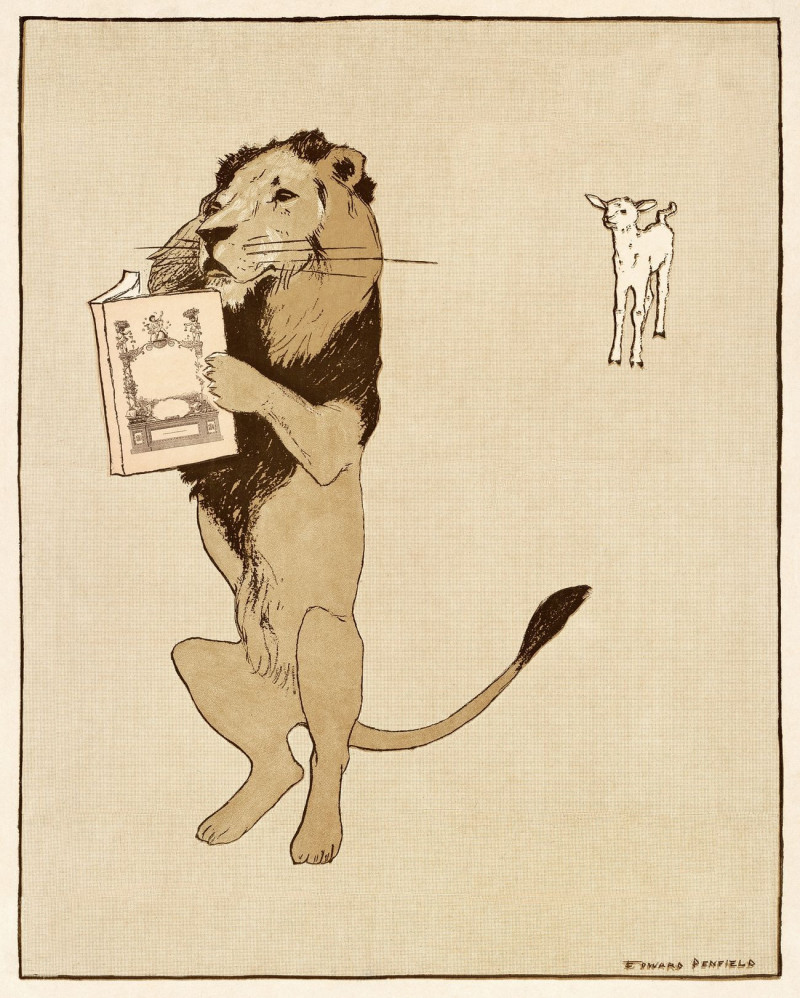
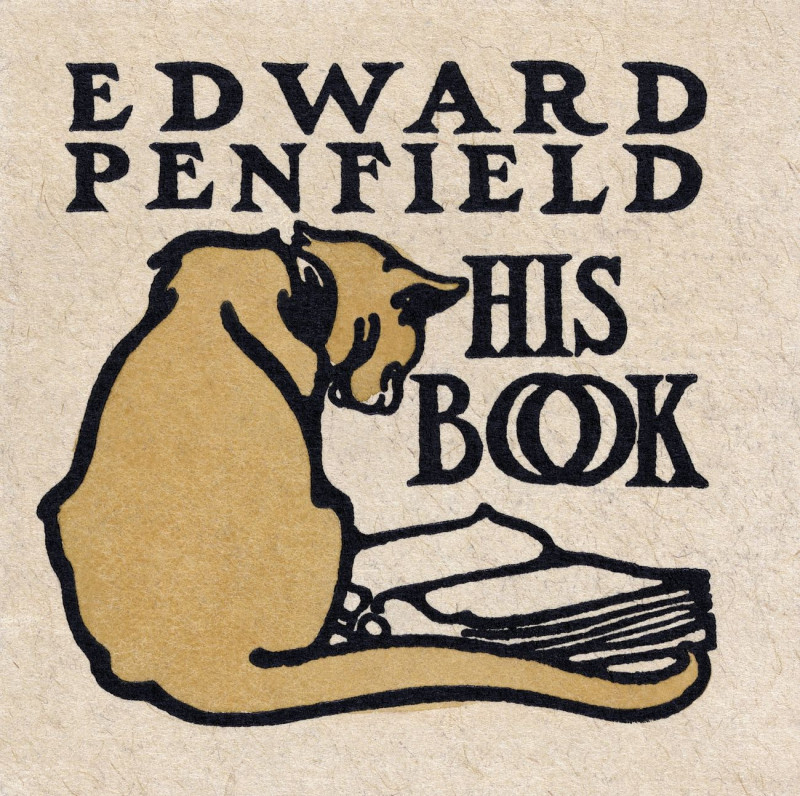
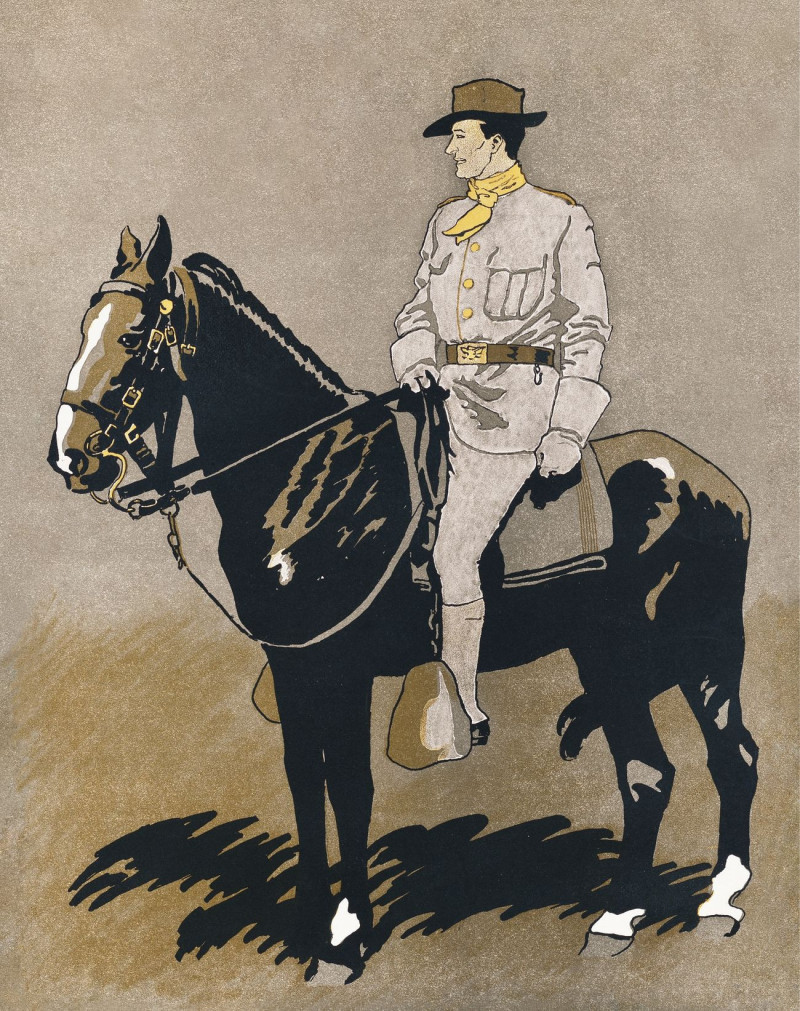


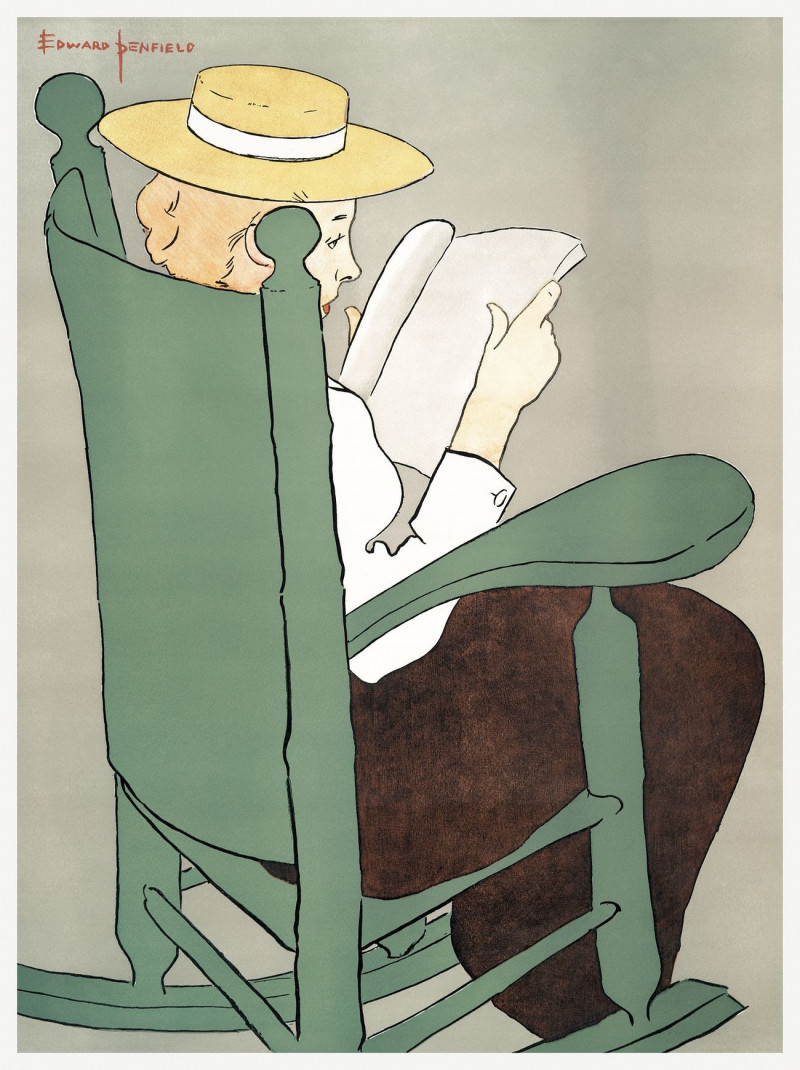

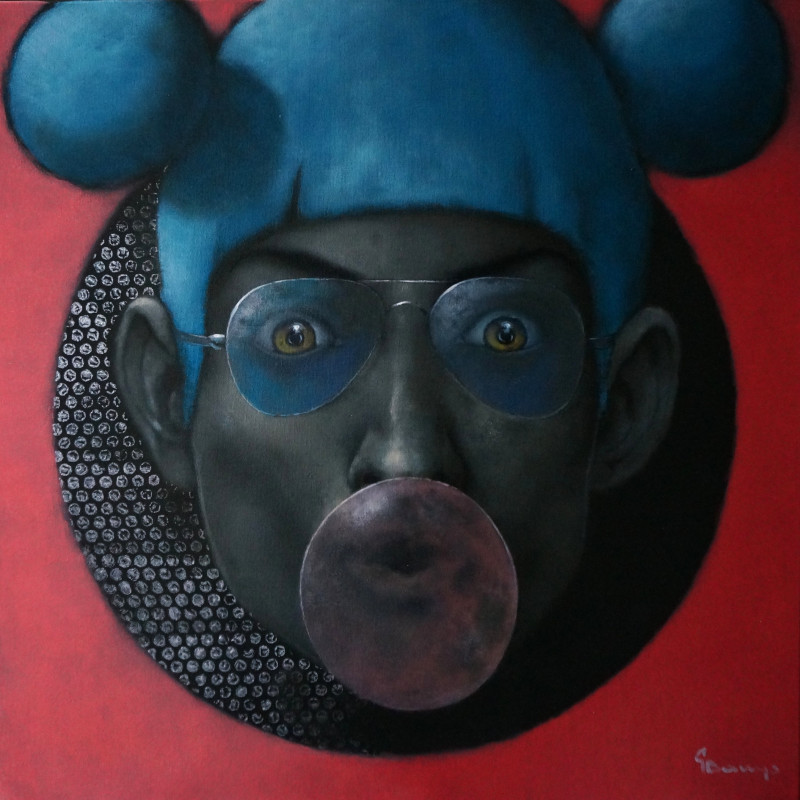


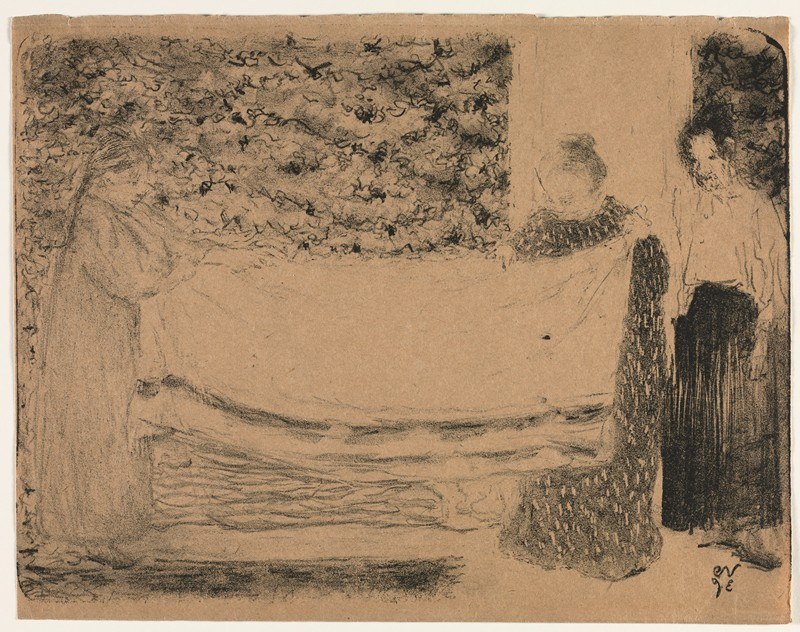
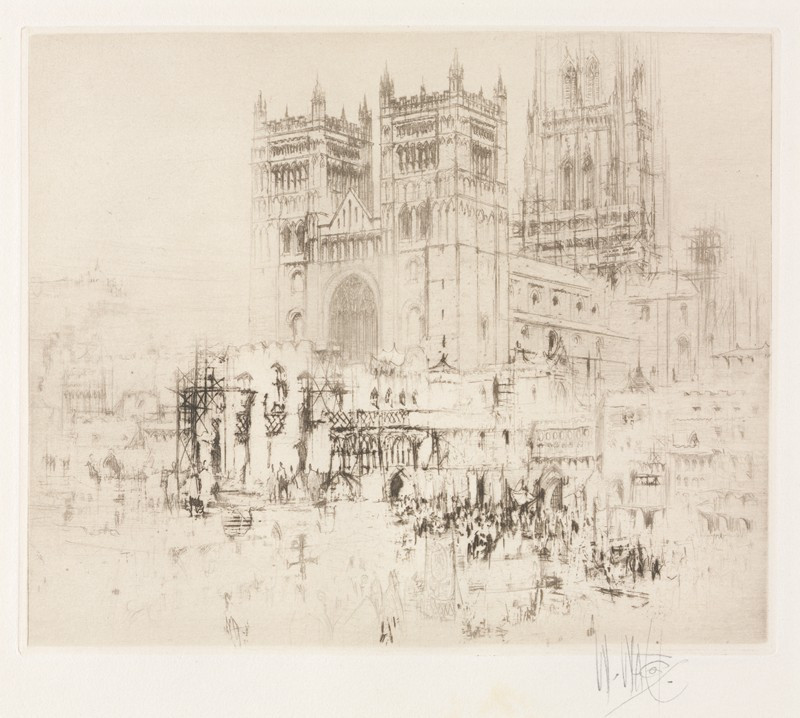
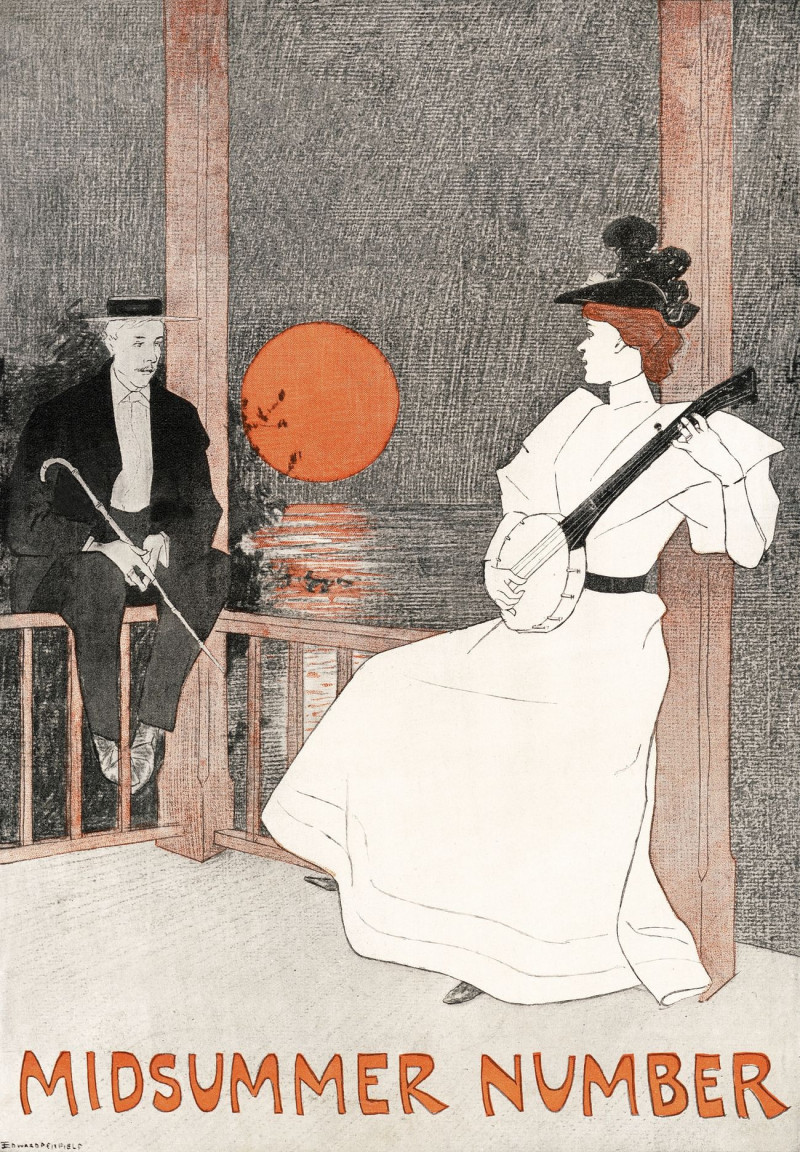
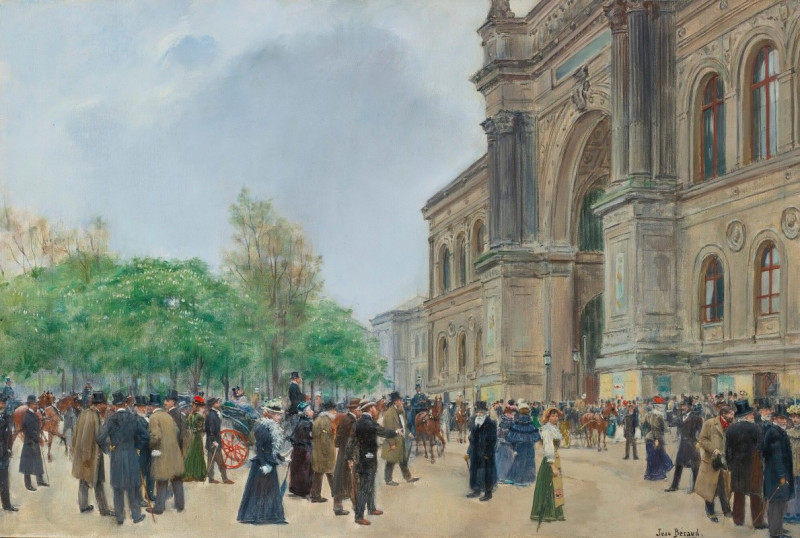
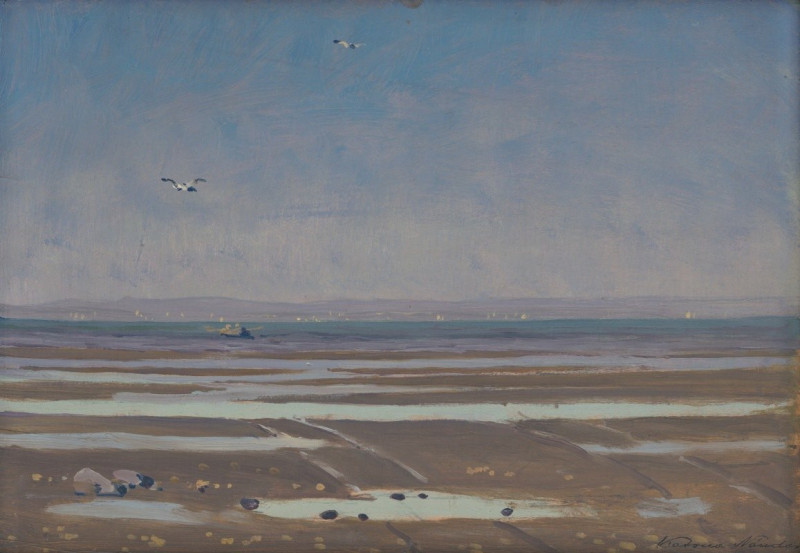

![It Is Amazing-And We Were Made by God [Furious Folly] (Hizonos Dios y Maravillamos Nos [Disparate Furioso]) (ca. 1813-1820) r...](https://reprodukcijos.lt/37207-large_default/reproduction-of-it-is-amazing-and-we-were-made-by-god-furious-folly-hizonos-dios-y-maravillamos-nos-disparate-furioso-ca-1813-18.jpg)
